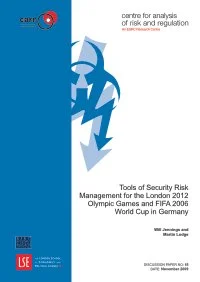By Lisa H. Newton
Author and Work: Lisa H. Newton, the author of the book "Permissionto Steal," is a Professor of Philosophy and Director of the Program inApplied Ethics at Fairfield University[^1^][1]. The book addresses theroots of corporate scandal and is published by Blackwell Publishing.
Ethical Analysis: Newton provides a philosophical and ethical analysis of corporate scandals, questioning what went wrong, why it was wrong, and how it happened. She emphasizes the importance of ethics in business for a healthier society.
Corporate Scandals: The book discusses the wave of corporate scandals, highlighting the need for vigilance and accountability in the business system. It reflects on the loss of trust and the impact of greed and corruption at high levels.
Societal Impact: Newton suggests tasks to restore trust in the nation's wealthiest and proposes ways to prevent future theft and corruption, advocating for an integrated and morally sound society. The book calls for action to end white-collar crime and establish honest governance.
John Wiley & Sons, 2008, 105 pages





















